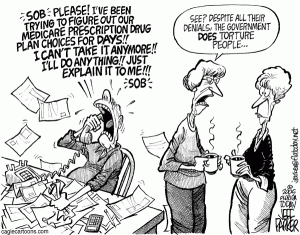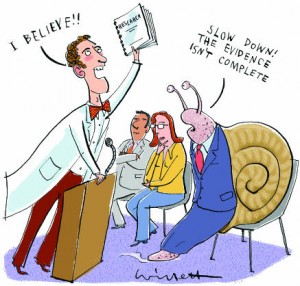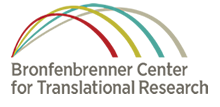Researchers and scientists across the country are making new discoveries every day, but continually must find the best ways to share that knowledge with the public. The Cornell Center for Materials Research sets outstanding example of the best way to accomplish this.
The center’s mission is to advance, explore and exploit the science and engineering of advanced materials. It is part of a national network of centers for Materials Research encompasses 29 centers funded by the National Science Foundation.
Nev Singhota is the director of the center’s Educational Programs Office, which reaches out to thousands of students, hundreds of parents and teachers, and many undergraduates from across the country. Many Cornell faculty, post-doctoral fellows, graduate and undergraduate students contribute to the center’s outreach efforts by visiting schools, hosting family and teacher workshops and coordinating an “Ask the Scientist” column in the local newspaper.
Singhota describes her role a facilitating interactions between Cornell scientists and all sorts of people in the community. “We create this web,” she said. “We’re like the spider who is trying to connect everyone together .”
Interested in hearing more about Cornell Center for Materials Research’s outreach efforts? Check out this conversation with Singhota:







